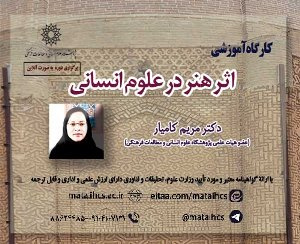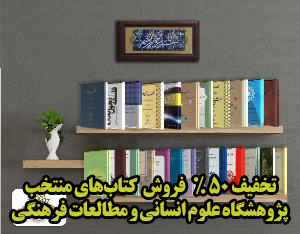معیارهای چابکی واحدهای دانشگاه آزاد اسلامی شهر تهران (مقاله علمی وزارت علوم)
درجه علمی: نشریه علمی (وزارت علوم)
آرشیو
چکیده
هدف: ادامه حیات سازمان ها در عصر حاضر، با گذشته بسیار متفاوت است. در شرایط کنونی، سازمانی قادر به ادامه حیات و رقابت با دیگران است که بتواند خود را با تغییرات محیطی منطبق سازد و قابلیت انعطاف را در شرایط غیرقابل پیش بینی و متغیر داشته باشد. این مهم زمانی تحقق می یابد که راهکار جدیدی ارائه شود و بی شک می توان آن را در چابکی سازمان ها یافت. در مقاله حاضر تلاش شده است که معیارهای چابکی واحدهای دانشگاه آزاد اسلامی شناسایی، رتبه بندی و به جامعه علمی معرفی شود.روش پژوهش: پژوهش حاضر از نظر روش ، توصیفی و از نوع پیمایشی است. جامعه آماری در این پژوهش خبرگان واحدهای دانشگاه آزاد اسلامی شهر تهران در سال 1399 می بود. نمونه آماری شامل 15 تن از خبرگان و ابزار گردآوری اطلاعات، پرسشنامه مقایسه زوجی است. این پژوهش با استفاده از روش تحلیل سلسله مراتبیAHP فازی اجرا شد. نرم افزار مورد استفاده نیز Expert choice بوده است.یافته ها: عوامل مورد نظر عبارت بودند از: فناوری اطلاعات، شراکت و همکاری مجازی، بهبود مستمر، تشکیل سازمان دانش محور و نیروی کار چابک. همچنین معیارهای شناسایی شده شامل: بهبود پاسخگویی، آمادگی رویارویی با تغییرات، کاهش سطح مقررات، انتقال راحت دانش و تسریع فرایندها بودند.نتیجه گیری: نتایج رتبه بندی نشان داد نیروی کار چابک با وزن (3833/0)، شراکت و همکاری مجازی با وزن (2959/0)، فناوری اطلاعات با وزن (1892/0)، تشکیل سازمان دانش محور با وزن (1644/0) و بهبود مستمر با وزن (1486/0) در رتبه های اول تا پنجم قرار گرفتند.Agility Criteria of Islamic Azad University of Tehran
Objective: The survival of organizations in the present age is very different from the past. In the current situation, an organization is able to survive and compete with others that can adapt to environmental changes and have the flexibility in unpredictable and changing conditions. This important thing is achieved when a new solution is presented and it can undoubtedly be found in the agility of organizations. The present article seeks to identify, rank and introduce the criteria of agility of Islamic Azad University units to the scientific community.Methods: The present research is methodological, descriptive and survey. The statistical population in this study is the experts of the Islamic Azad University of Tehran in 1399. The statistical sample of the research includes 15 experts. The data collection tool in this study is a pairwise comparison questionnaire. This research was performed using fuzzy AHP hierarchical analysis method. The software used was Expert choice.Results: The factors considered were: information technology, virtual partnership and collaboration, continuous improvement, formation of knowledge-based organization and agile workforce, as well as identified criteria including: improving accountability, readiness to face change, reducing the level of regulation, easy knowledge transfer and Accelerate processes.Conclusion: The ranking results showed agile workforce with weight (0.3833), virtual partnership and cooperation with weight (0.2959), information technology with weight (0.1892), formation of knowledge-based organization with weight (0.1644)) And continuous improvement with weight (0.1486) were ranked first to fifth.





